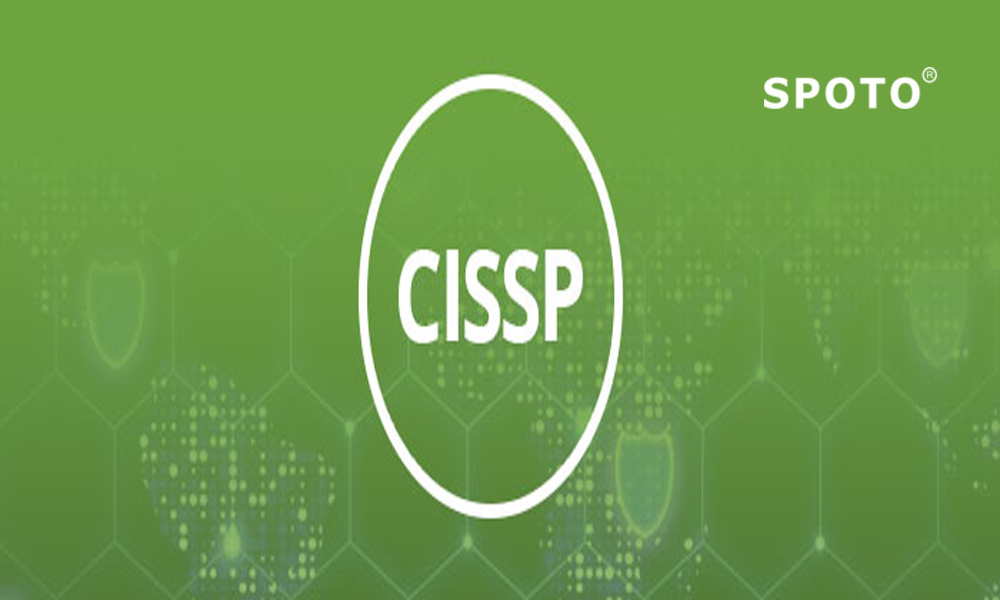The Certified Information Systems Security Professional (CISSP) certificate can be a seriously powerful tool in your career (especially if you’re looking to become DoD 8570 compliant). But before you reap the rewards, you have to pass the exam, and it’s always best to pass the first time. Whether you would be planning on sitting for the CISSP exam in the immediate future, in the process of studying for the exam or are just at the beginning of your journey; it’s never going to be too early to start thinking about your exam day and how to get the best possible outcome. If you wish to pursue this certification, you should gain the study dumps, which are being offered at the SPOTO Club.
The CISSP Exam Is Changing
If you would be planning on taking the exam soon, the most relevant recent change took place on December 18, 2017. This is when (ISC)2 introduced Computerized Adaptive Testing (CAT) for exams in English Also, questions are not grouped by domain topic. You would get a mixture of questions across each of the domains throughout the exam instead of going one after the other.
· There would be some other changes, too. What used to be a 250-question, 6-hour long mental and physical endurance challenge would be reduced to between 100 and 150 questions, with administration time shortened about to 3 hours.
· You might also be thinking that you’ve hit the CISSP exam jackpot here. Well, not so fast.
· Although the number of questions, as well as exam duration, is considerably shorter, you would be needed to answer a minimum of 75 scored questions.
· Also, you will receive 25 pre-test questions that are not scored. What’s more, you won’t be able to tell which questions are pre-test and which are operational, scored questions. (So, why include the pre-test questions at all? It’s for determining your eligibility for future exams, which is extremely important to achieving your future career goals.)
You would be unable to review a question without provided that an answer.
Once a question has been responded to, you will be unable to return to it to change your answer.
When Do You Finish?
While three hours is considered to be the maximum exam duration, the scoring algorithm uses one of three rules to determine when you would have completed the exam and whether you have passed or failed:
· Confidence Interval Rule: You would have answered the minimum number of questions (100) and the testing engine has about 95% confidence that you either passed or failed.
· Maximum Length Exam Rule: This rule kicks in if the Confidence Interval Rule isn’t going to be invoked. If you’ve reached the maximum number of questions as well as the system would be unable to determine with 95% confidence whether you passed or failed, it would be using the last 75 operational questions you answered to determine your score.
· Run-Out-of-Time Rule: If you exceed the 3-hour time limit and the Confidence Interval Rule has not been invoked, the exam will conclude and your ability will be evaluated against passing standards.
Finished The Exam, Now What?
In most cases, you would know whether you passed or failed before you leave the room, and you would be receiving a proficiency level for each of the domains.
If you don’t pass the first time, don’t give up! You would be able to take the exam up to three times within a 12-month period.
Check out our SPOTO Club’s CISSP boot camp to see how you could gain help you would be achieving a passing score the next time you take the exam.
When it comes to IT Certification, SPOTO Club would be standing amongst the best training provider.
More Recommended Articles
1. Which Certificate Is More Valuable, CEH or CISSP?
2. What is the future of the CISSP?
3. Top Books to Study and Prepare CISSP Exam

 Join Telegram Study Group ▷
Join Telegram Study Group ▷














